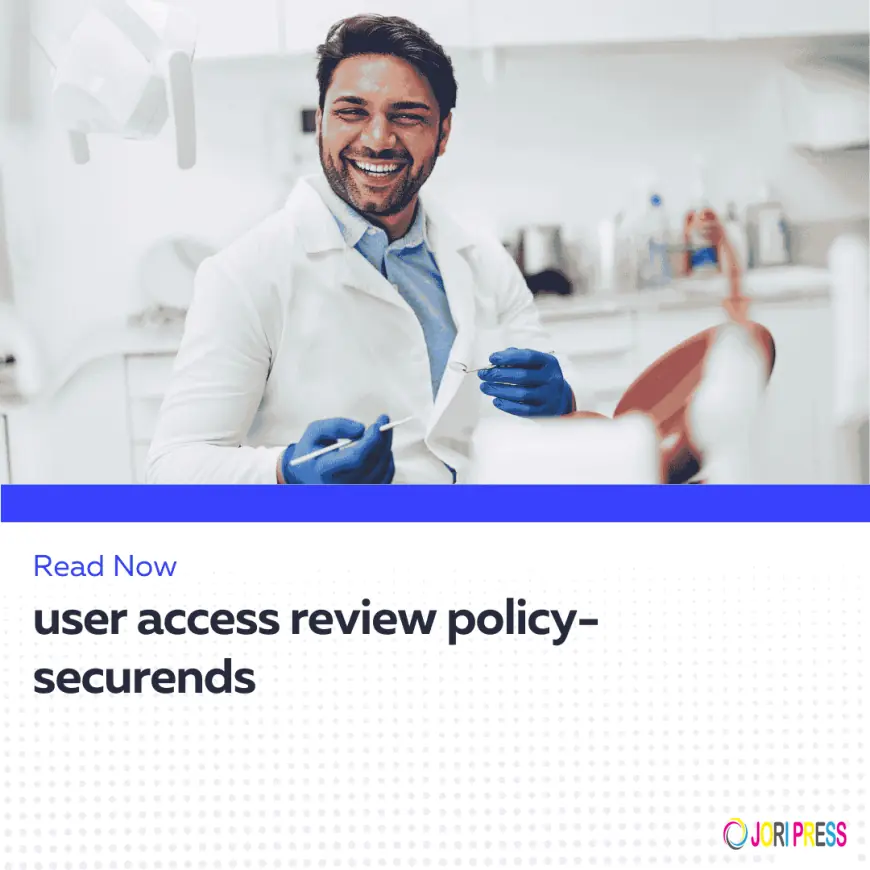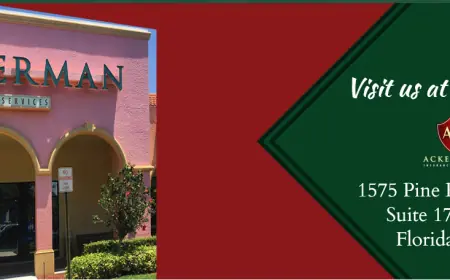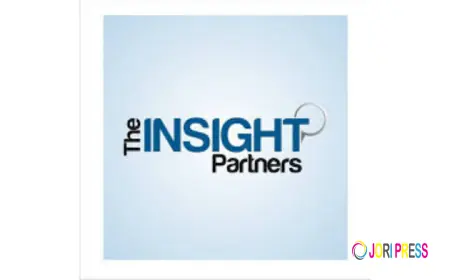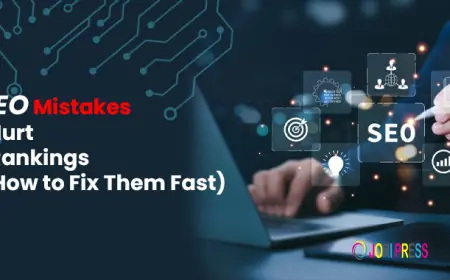A Real-World Look at Access Reviews and Risk Assessments
This article tells the story of a company preparing for compliance audits while addressing growing cybersecurity risks. It highlights how a user access review policy, SOX user access review, and identity and access management risk assessment form the foundation of strong governance. It also illustrates how Securends supports these efforts.

The Challenge Facing Modern Enterprises
Imagine a mid-sized financial services company heading into audit season. Its IT and compliance teams face the daunting task of proving that access to financial systems is controlled and documented. At the same time, leadership is worried about growing insider risks and increasing regulatory scrutiny.
This is where the combination of a user access review policy, SOX user access review, and identity and access management risk assessment comes into play.
Step One: Establishing a User Access Review Policy
The company begins by creating a user access review policy. This document sets the rules for how and when access is reviewed. It covers:
-
Which systems fall under the scope of reviews.
-
How often reviews must occur.
-
Who is responsible for reviewing and approving access.
-
How findings and corrective actions are documented.
With this foundation in place, the business ensures consistency and accountability. Managers across departments now have a clear roadmap for reviewing employee access.
Step Two: Tackling the SOX User Access Review
Because the company is publicly traded, compliance with the Sarbanes-Oxley Act is non-negotiable. The SOX user access review becomes the focal point of audit preparation.
Reviewers carefully check who has access to financial reporting systems, ensuring that only authorized individuals can perform sensitive tasks. They also verify segregation of duties—for example, ensuring that no one person can both initiate and approve financial transactions.
Auditors later request evidence of these reviews. Thanks to the company’s structured approach, every approval and remediation is clearly documented. The SOX audit process, while still intense, becomes manageable.
Step Three: Conducting an IAM Risk Assessment
While compliance is critical, the company also recognizes the importance of broader security. They conduct an identity and access management risk assessment to evaluate systemic vulnerabilities.
The assessment uncovers patterns such as:
-
Employees retaining access long after switching roles.
-
Contractors with elevated permissions that are rarely used.
-
Privilege creep among long-tenured staff.
By identifying these risks, the company can update its onboarding and offboarding processes, refine role-based access controls, and reduce exposure to insider threats.
The Role of Automation
Initially, the company struggled with spreadsheets and manual reporting. The process was slow, error-prone, and stressful during audits. Moving to an automated platform like Securends transformed the experience.
Automation allowed the company to:
-
Route review tasks directly to the right business managers.
-
Provide easy-to-read summaries for reviewers unfamiliar with technical details.
-
Flag high-risk access for priority attention.
-
Maintain audit-ready evidence without manual effort.
What was once a burden became a proactive tool for both compliance and security.
Lessons Learned
Through this journey, the company learned that:
-
Policy is the anchor: A strong user access review policy ensures everyone knows their role.
-
Compliance drives discipline: The SOX user access review enforces structure and accountability.
-
Risk assessments provide context: An identity and access management risk assessment highlights long-term issues that compliance alone may miss.
-
Automation reduces pain: Platforms like Securends allow governance to scale without overwhelming staff.
A Sustainable Model for Governance
By integrating reviews and risk assessments, the company not only passed its SOX audit but also strengthened its overall security posture. Dormant accounts were closed, excessive permissions removed, and onboarding processes streamlined.
Stakeholders—from executives to auditors—gained confidence that governance was not just a compliance checkbox, but a meaningful practice protecting both the business and its customers.
Conclusion
The story of this financial services company reflects a broader truth: governance must combine structure, compliance, and risk awareness. A clear user access review policy, regular SOX user access reviews, and thorough identity and access management risk assessments create a resilient foundation.
With the right tools and strategy, companies transform compliance obligations into opportunities to strengthen security and trust.
What's Your Reaction?
 Like
0
Like
0
 Dislike
0
Dislike
0
 Love
0
Love
0
 Funny
0
Funny
0
 Angry
0
Angry
0
 Sad
0
Sad
0
 Wow
0
Wow
0
















































